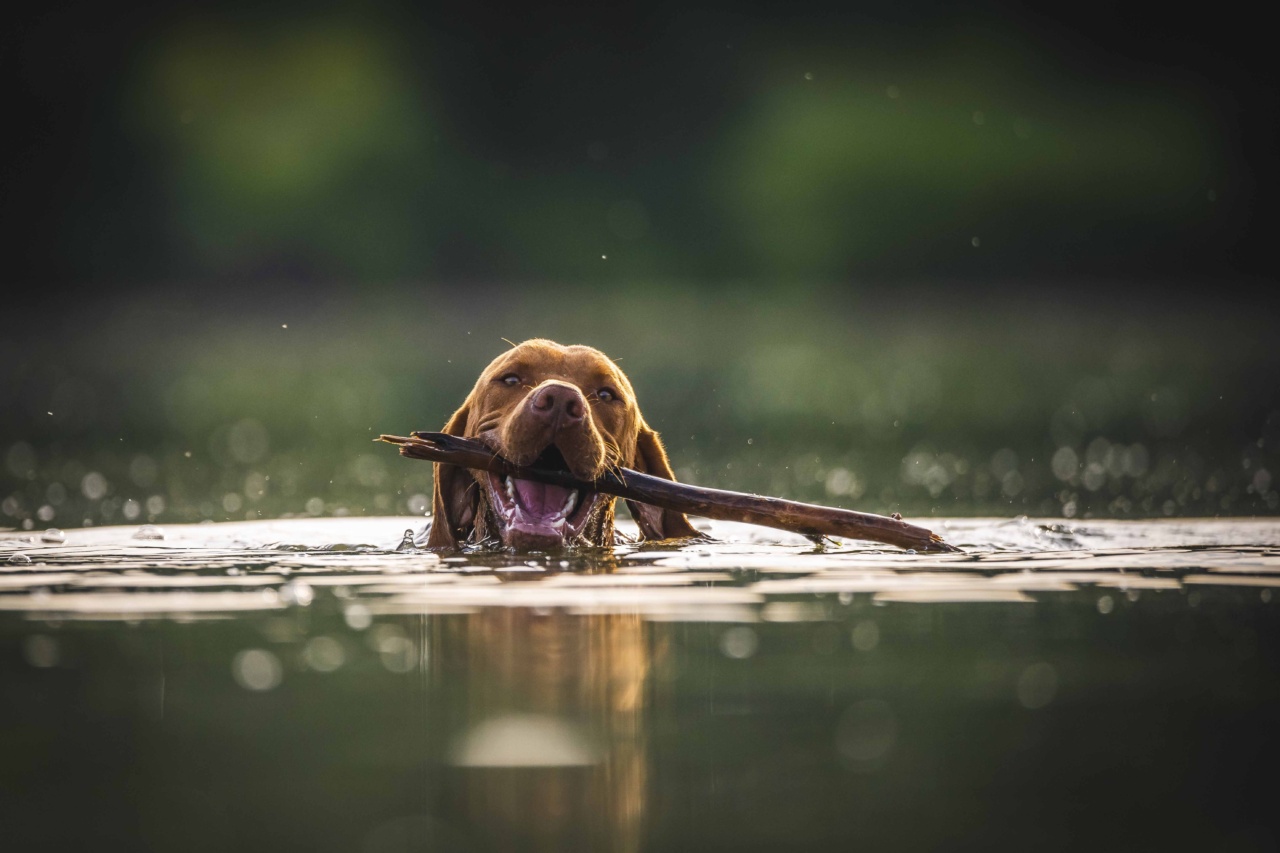Dogs are known to be man’s best friend and faithful companions. However, as much as people love taking their furry friends out for a swim or playing in the water, some dogs have a fear of water, which is known as canine aquaphobia.
This phobia can cause discomfort and anxiety in pets and prevent them from participating in fun water activities that other dogs enjoy. In this article, we will examine why dogs fear water and how to help them overcome their fear of water.
What is canine aquaphobia?
Canine aquaphobia is a fear of water in dogs. This fear can cause trauma and anxiety in dogs, which may result in an unwillingness to approach bodies of water, such as lakes, pools, and even a bathtub.
Dogs with this condition may experience a range of symptoms, including shaking, panting, whining, barking, or even aggressive behavior. They may also attempt to escape, run away, or resist being near the water.
What causes canine aquaphobia?
There is no one reason why dogs develop a fear of water. However, some factors may contribute to this condition. One of the principal reasons dogs become frightened of water is a traumatic experience.
If a dog was involved in an accident, was trapped in water, or had a near-drowning experience, he may develop a fear of the water. Another reason could be due to a lack of exposure during the critical period of their development. This period is between 3-14 weeks old. If not exposed to water during this time, the dog may develop a fear of water.
Additionally, a dog’s natural instinct to avoid water may be a contributing factor to their fear, particularly if they are bred for cold-track hunting.
How to help your dog conquer his fear of water?
If your dog exhibits signs of aquaphobia, some steps can help him conquer his fear of water:.
: 1. Introduction to water
Gradually introduce your dog to water. Start by filling a bathtub with a little water or using a kiddie pool. Use toys and treats to entice your dog to wade in and work at their pace. The aim is to get your dog comfortable with the sight and sound of water.
Keep the sessions short, and be patient as it may take time before your dog is comfortable in the water.
: 2. Make water fun
Once your dog gets comfortable with water, incorporate some fun activities into your routine to keep him engaged. You can play fetch with a water toy, use a sprinkler, or take your dog to dog-friendly beaches.
The objective is to make water time enjoyable and rewarding for your dog.
: 3. Be a support system
Dogs are social creatures, and they look up to their owners for support and reassurance. Be a positive reinforcement, and show your dog that water is safe. Offer treats, praise, and affection when your dog responds or engages with the water.
Avoid negative reinforcement as it is not helpful and will only hinder progress.
: 4. Professional help
If despite your efforts, your dog still presents signs of fear, professional help from a certified animal behaviorist may be beneficial.
These experts can help determine the underlying cause of the phobia and work with you to establish a tailored approach to address your dog’s fear.
: Conclusion
In conclusion, canine aquaphobia can cause significant discomfort in your furry friend. It is essential to recognize the signs of fear and address them promptly.
Gradual exposure to water, fun activities, positive reinforcement, and professional help, if necessary, can help your dog overcome their fear of water and enjoy this fun activity with you.






























